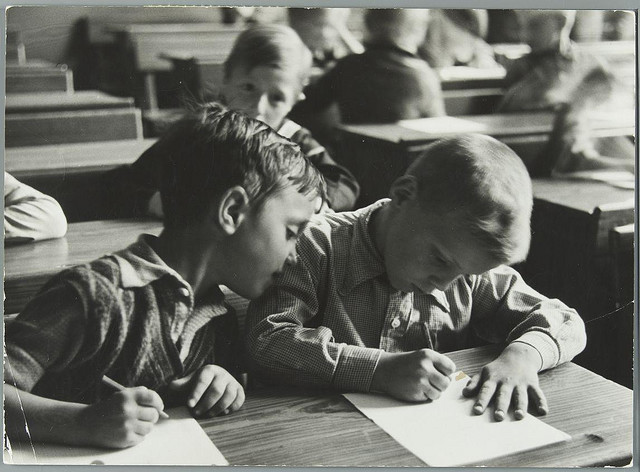All children develop differently, however, there are common trends and milestones that many children exhibit. Students with learning disabilities may perform differently in academic and social-emotional development. The following lists some differences between the academic and social-emotional development of students with and without learning disabilities.
Students with Learning Disabilities
Academic
- Language
- Smaller vocabulary
- Use shorter sentences
- Difficulty adjusting language toward listener
- Difficulty interpreting others
- May have difficulty with on-going conversations
- Struggle with disappointing their school’s, parents’, and their own expectations (Smith, 2004)
Social-Emotional Development
- Learned helplessness
- Children feel defeated before they begin assignments/projects
- Children credit success to luck
- Social Imperceptiveness (Smith, 2004)
- Poor perception of self which leads to less peer acceptance
- “Lack insight into the affect, attitudes, intentions, and expectations others communicate verbally and nonverbally” (Smith, p 274).
Students without Learning Disabilities
Academic
- Language
- More complex vocabulary
- Longer, more grammatically complex sentences
- Easily hold on-going conversations
- Find more success in completing projects, tests, and other assignment to the standards set by themselves and others
Social-Emotional Development
- Learned success
- Children have more self-esteem and can apply this to find success in academics and with peers
- Contribute success to self
- Social Competence
- Ability to easily communicate
- Ability to relate to others
- Can alter language and behavior for different settings and with different people
- Has a wide variety of relationships, including friends
Reference
Smith, C.R., (2004). Learning Disabilities: The Interaction of Students and Their Environments (5th ed.). New York: Pearson Education, Inc.

